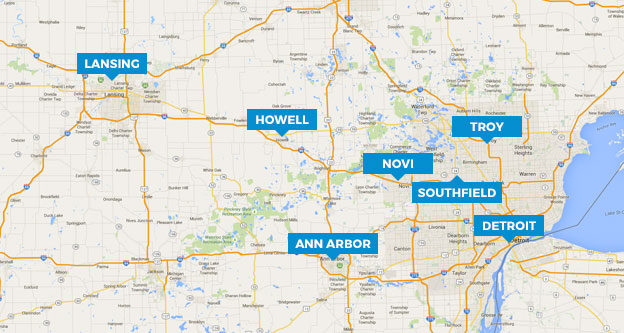When looking at the top of the form 1040 there are three sections before you even get to numbers. These sections can help let the IRS help identify each individual, and figure out how much should be deducted on the tax return for everyone.
Personal Information
In the personal information, it starts with the taxpayer and spouses (if filling a joint return) full names and social security numbers. After that, it goes into the taxpayers address, city, state, and zip code. For 2017, there was also a box that could be checked if you wanted to put three dollars to the presidential election campaign.
Filing Status
Filing status is broken into 5 sections:
1. Single
2. Married filing jointly
3. Married filing separately
4. Head of Household
5. Qualifying Widow(er)
If you are a single individual with no dependants, you check the box next to single. However, if you are un-married and have dependants, the correct box to check is “Head of Household.” If you are married, you can choose between married filing jointly or married filing separately as a filing status. This is up to the taxpayer and spouse, both must file using the same status, one cannot choose joint and the other choose separate. When filing joint, it combines all of your income and expenses onto the 1040, where if you file separate returns it is similar to filing a single tax return.
Exemptions
There is also a section on exemptions. This starts by checking the box for yourself and your spouse, if applicable. Then any dependents that you and your spouse potentially have get added. Similar to the “Personal Information” section dependent’s information includes full name, social security numbers, and relationship to taxpayer.
After filing out the dependents section and checking the boxes for yourself and spouse, (if necessary) there is one last step. On the side of the exemptions box there are five lines. The top one is the number of checks you made. This number could be a one or a two. A one is for single, head of household, and married filing separately. While a two is entered for married filing jointly.
The next three lines are for number of dependents. Line 1 is for dependents who lived with the taxpayer during the year. The second line is for dependents who did not live with you due to divorce or separation. The third is for dependents that were not listed in the above two sections.
The 5th line is for the total number of exemptions. You can find this number by adding all of the above lines together.





